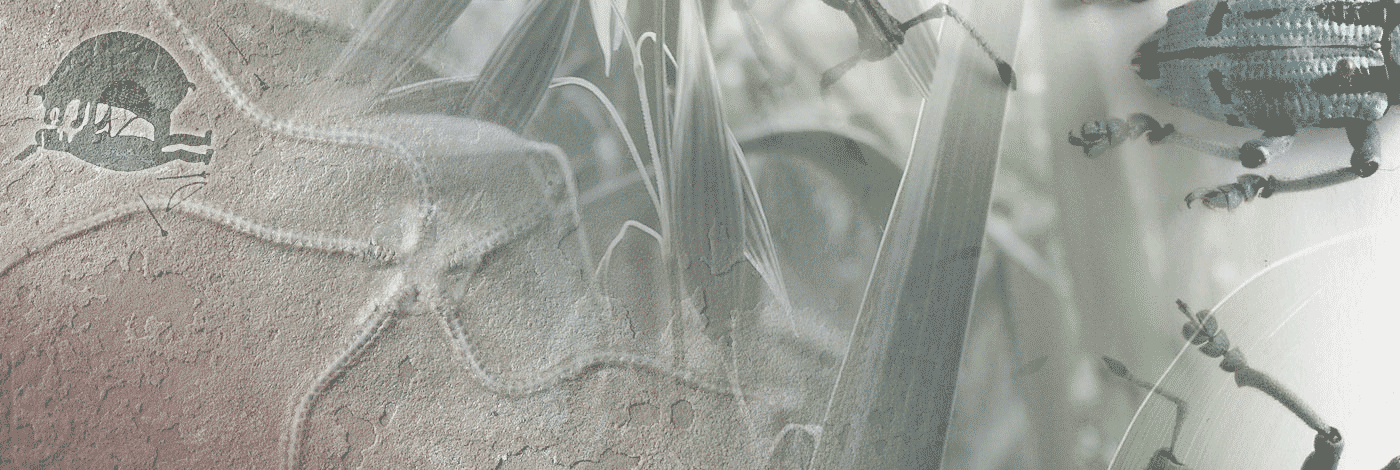
 Bulletin du Muséum national d'Histoire naturelle, 4ème série – section C – Sciences de la Terre, Paléontologie, Géologie, Minéralogie
17 (1-4) - Pages 39-55
Bulletin du Muséum national d'Histoire naturelle, 4ème série – section C – Sciences de la Terre, Paléontologie, Géologie, Minéralogie
17 (1-4) - Pages 39-55Scattered vertebrate exoskeletal elements occur in the facies of bar belt, restricted shallow shelf, lagoon belt, coastal belt and underwater part of alluvial plains of the Ordovician and Silurian of the Siberian Platform. During Late Ordovician times and in the beginning of the Early Llandovery the Astraspidida (Heterostraci) played a significant role in vertebrate faunas. On the small territory of the Niuya-Beresovo area, thelodonts and the oldest known Gnathostomata -acanthodians and chondrichthyans- were found in Lower Llandoverian rocks. Rich vertebrate assemblages distributed on large areas of the southern part of the Siberian Platform are characteristic for Middle Llandovery beds. A considerable turn in vertebrate assemblages took place during the Late Llandovery, when mongolepidids (chondrichthyans) and several new genera of acanthodians appeared. The generic composition of Wenlockian vertebrate assemblages is still unclear. The occurrence of new thelodonts is established. The aniseed-oil method of identification for vertebrate microremains is described. It is concluded that in the first half of the Early Palaeozoic, the major morphogenetic types of the dermal skeleton, the main modes of growth and also various types of tissues were already present.
Vertebrata, Agnatha, Chondrichthyes, Acanthodii, Ordovician, Silurian, Siberia, palaeoecology, biostratigraphy